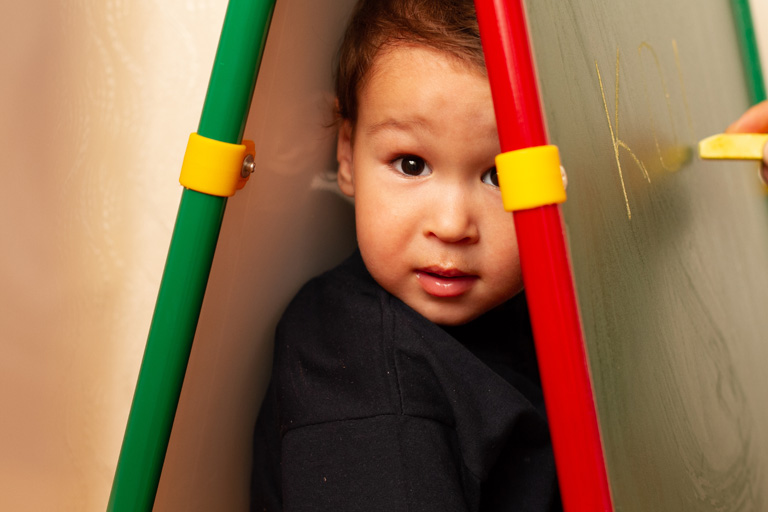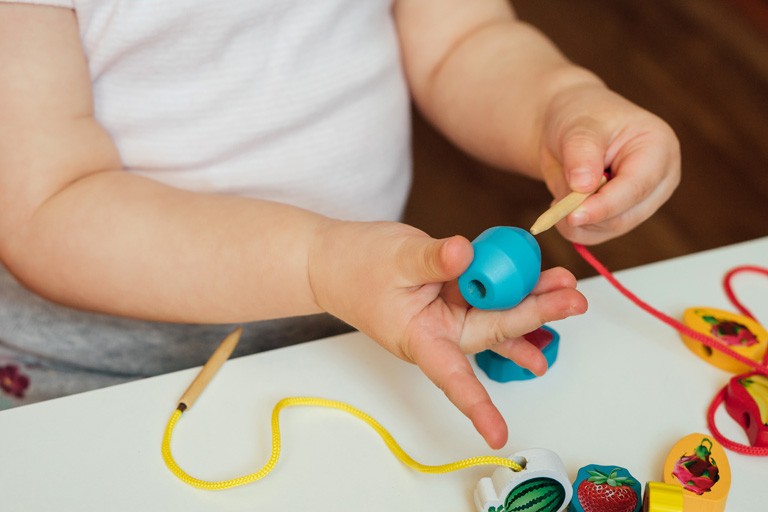Diagnosis and Treatment of Childhood Apraxia of Speech (CAS) Part One of a Series
March 28, 2016Talking to Your Toddler About Feelings & Emotions
April 19, 2016By Dave Hammer, MA CCC-SLP
Director of Professional Development and Speech Services
Childhood Apraxia of Speech Association of North America
What intensity of therapy is needed for children with suspected CAS?
I feel very comfortable recommending 2 in-home sessions per week at this age and not the 3-5 times per week as recommended in the ASHA AdHoc committee document for children whom the diagnosis is more certain. With the ability for most EI therapists to have parents/caregivers observing the sessions, this amount of direct therapy provides the foundational skills for building a speech-motor planning system. I do talk about the potential that the therapy may need to be bumped up to 3-5 times per week if by around age 3, the speech-motor planning issues appear to be significant and that progress is slow accordingly.
What are the critical elements of therapy for children this age with suspected CAS?
First of all, the relationship between the child and the therapist is critical. There are times, even with the best therapists, that the therapist-child match is just not effective. This can be challenging depending upon options for changing therapists. I tell parents to give the therapist at least 3 months with their child to see how things progress at this age. However, if the parent has the feeling that the therapy is leading to communication “shut down” and potential negative feelings toward speech and language treatment, this issue needs to be addressed sooner. I have been struck by the number of parents who report a picture drill-based approach for children in this age range with CAS. Usually they also report that the therapy is not going so well. In my opinion, the therapy should be in primarily a “drill-play” format where the child is practicing repetitions of target sounds, syllables, words and utterances in the context of play. It needs to be “play as therapy” and not just “play in therapy”. Instead of a “We are going to do our work and then you can play with this toy approach”, the goal would be to use the play AS the therapy with speech targets embedded throughout the activity.
Look for part three of our Blog on the Diagnosis and Treatment of Childhood Apraxia of Speech (CAS) soon, and if you missed Part One you can read it here.


 Send to a friend!
Send to a friend!


